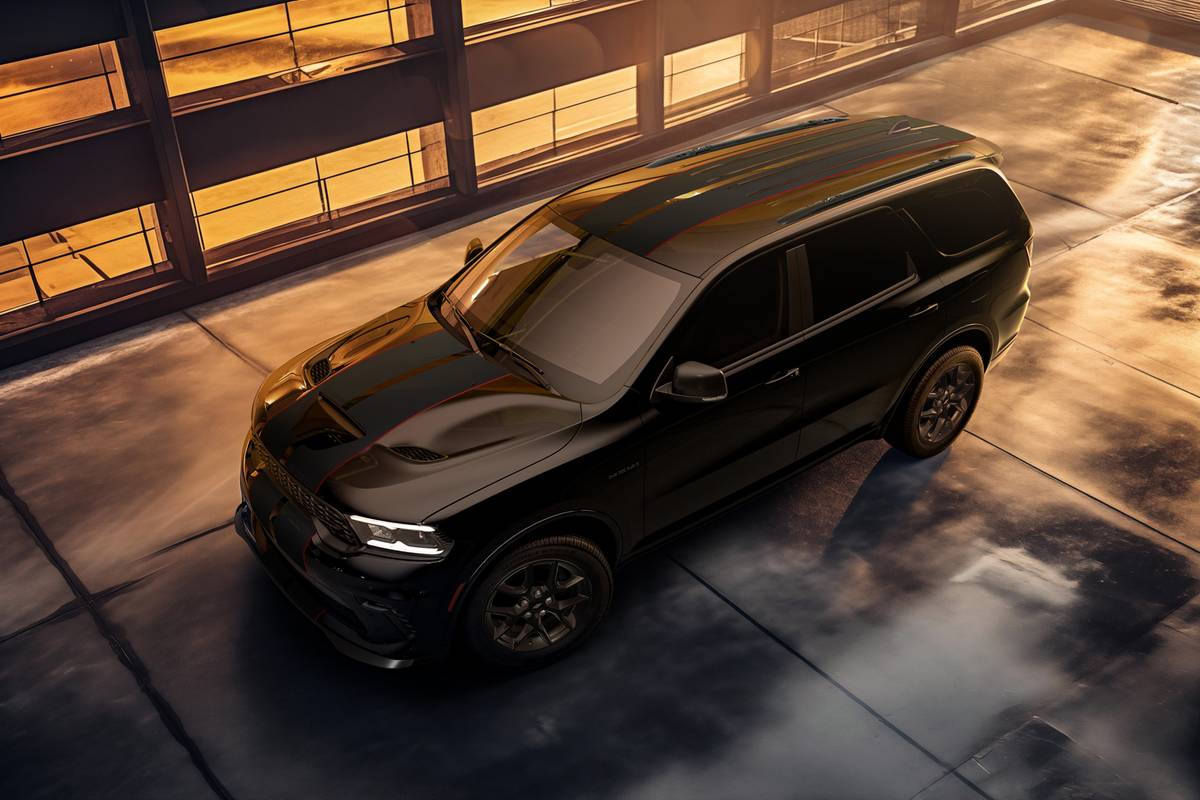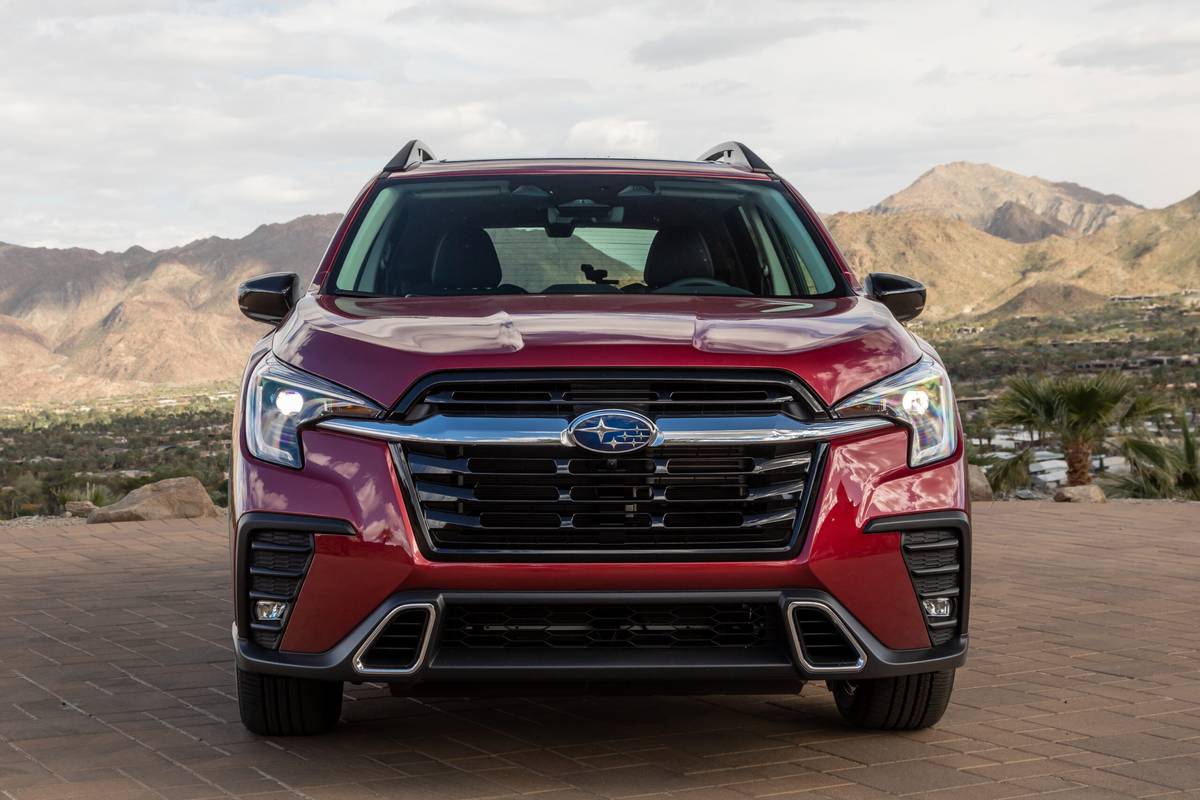washingtonpost.com's view
NEW YORK — Maggie Gold, our longtime family friend, married Jonathan Seelig here last week. We drove to their wedding in a 2002 Toyota Prius hybrid gas-electric sedan. It was an easy choice.
The jet shuttle from Northern Virginia to New York would have cost too much in terms of wasted time — parking and security hassles. Not to mention that the round-trip fares for two were no bargain.
The train wasn’t much better. Round-trip first-class seats on one of Amtrak’s Aceola coaches carried a hefty price tag of $794, plus taxes. Paying that kind of money to wind up in the cold in a long taxi line at New York’s Penn Station didn’t make sense. Riding business class on Amtrak’s Metroliner wasn’t much cheaper. So we took the compact, four-door Prius. It combines a 70-horsepower, 1.5-liter four-cylinder gasoline engine with a 33-kilowatt (44-horsepower equivalent) electric motor to move on down the road.
It is a parallel hybrid system. That means power is sent to the front drive wheels via the engine, the electric motor or a combination of both, depending on vehicle speed and load.
“Load” is affected by acceleration, stopping and idling. Using heating, ventilation, air conditioning and other power-operated equipment can increase load and affect mileage.
Stop-and-go, creep-and-crawl urban traffic normally consumes more fuel than highway cruising. The Prius’s non-polluting electric motor takes over under those circumstances. The gas engine shuts down altogether when the car stops for a red light, for example. The car restarts, using the battery, when the accelerator is depressed. The idea is to cut fuel consumption and emissions where most of the waste and tailpipe pollution occurs. The gasoline engine kicks in at highway speeds.
My wife and I were amazed by the end result. We filled the Prius’s 11.9-gallon fuel tank in Northern Virginia, paying $8 for regular unleaded gasoline. Four hours and nearly 300 miles later, we arrived in New York with five gallons left in the tank.
We didn’t stop at a gas pump again until we reached Delaware on the return trip. We celebrated by splurging, filling the tank with $9.83 worth of premium unleaded gasoline.
But though the Prius was a star in the matter of fuel economy, it was a bit of a slug when it came to highway performance. The car’s gray cloth interior — the only kind currently available in the Prius — was comfortable enough. But handling on the open road, especially in crosswinds, was dicey. The front end of the little car seemed to have a mind of its own at times. It reluctantly responded to steering inputs, particularly if the steering wheel was turned quickly, as a driver might do in a sports car.
Braking also presented problems. The Prius has a brake-by-wire design, complicated by an energy-regeneration system. It works like this: In the Prius, the energy generated during braking, which normally would be lost as heat, is captured by a regenerative braking device that converts it into electricity and then uses it to recharge the car’s battery.
Touching the brake pedal sends a signal to the regenerative system to begin slowing the car down. As more braking power is needed, the computer phases in the standard hydraulic brakes, stopping the car.
The problem is that there is an uncomfortable gap — I timed it at five seconds — between the first depression of the brake pedal and the activation of the hydraulic brakes. The Prius continues rolling during that gap, which can cause problems for drivers who are accustomed to the quick-stop response of traditional braking systems.
But those handling and braking quirks seem to disappear with each mile spent with the Prius. It’s a matter of driver acculturation.
Frankly, I’d consider buying a Prius. But I’d use it only in the city, where it excels in fuel economy, parking and common sense.
The next time my wife and I drive to New York for a wedding, which is likely to happen soon (my eldest daughter, Maggie’s best friend, caught the bridal bouquet), we’re driving a BMW, Buick Park Avenue, Cadillac, Mercedes-Benz or Porsche.
Hmm. On second thought, if eldest daughter tries to match Maggie’s wedding party, we’ll settle for a Hyundai Elantra.
Latest news



